
ESSIC Celebrates Maryland Day 2022
On Saturday, April 30, ESSIC faculty and staff gathered to celebrate Maryland Day, the University of Maryland’s largest community outreach event! This was the first

On Saturday, April 30, ESSIC faculty and staff gathered to celebrate Maryland Day, the University of Maryland’s largest community outreach event! This was the first
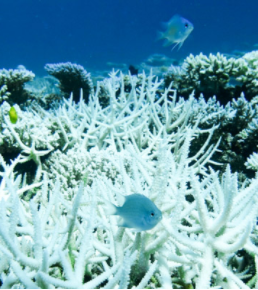
For more than 20 years, NOAA Coral Reef Watch (CRW) has been the world’s leader in observing, predicting, and communicating changes in the coral reef environment to a diverse, global user community. In mid-December 2021, CRW’s daily global 5km-resolution satellite coral bleaching heat stress products detected a significant build-up of oceanic heat stress on the Great Barrier Reef (GBR), Australia. This signified the GBR was starting its 2021-2022 summer season with a much earlier onset of accumulated heat stress than ever recorded before. At the same time, CRW’s modeled Four-Month Coral Bleaching Heat Stress Outlook indicated the significant heat stress would continue, leading to a potential mass coral bleaching event on the GBR (following on the heels of confirmed mass bleaching events in 2016, 2017, and 2020).
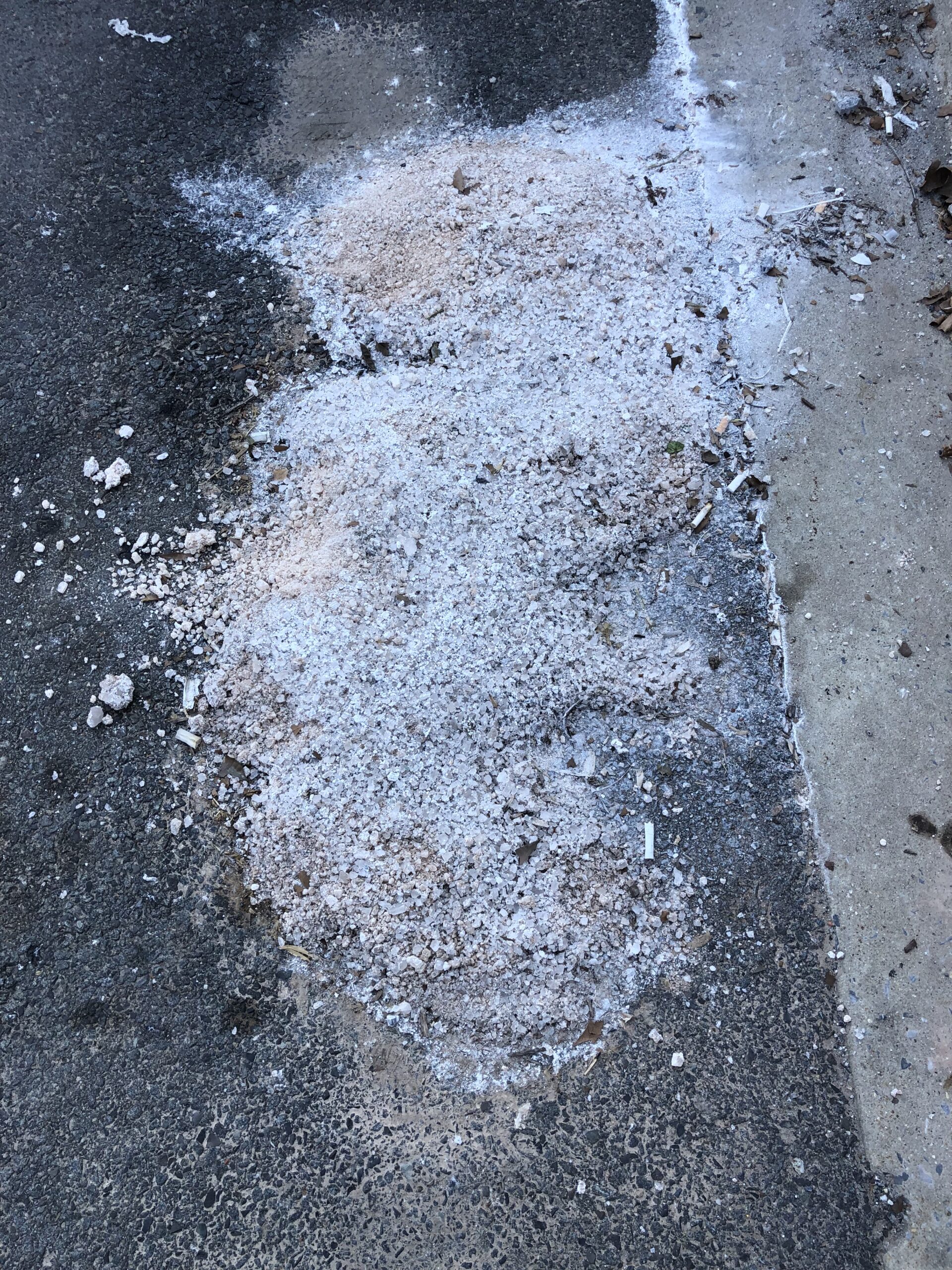
The road salt that makes your drive to work easier on snowy days may be damaging the water quality in local rivers and streams long after winter is over.
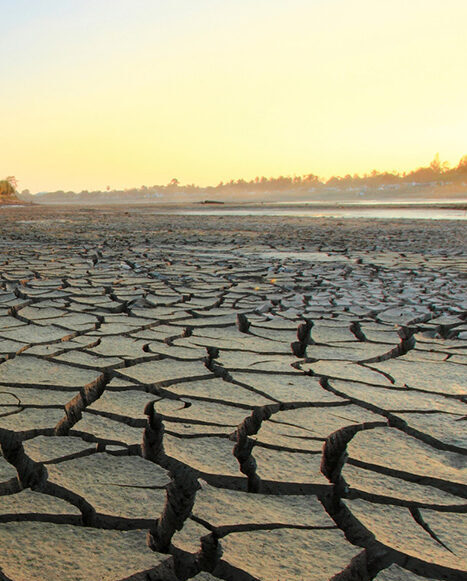
ESSIC scientist Weston Anderson is a co-author on a new paper out in Nature Climate Change titled “Enhanced risk of concurrent regional droughts with increased ENSO variability and warming”.
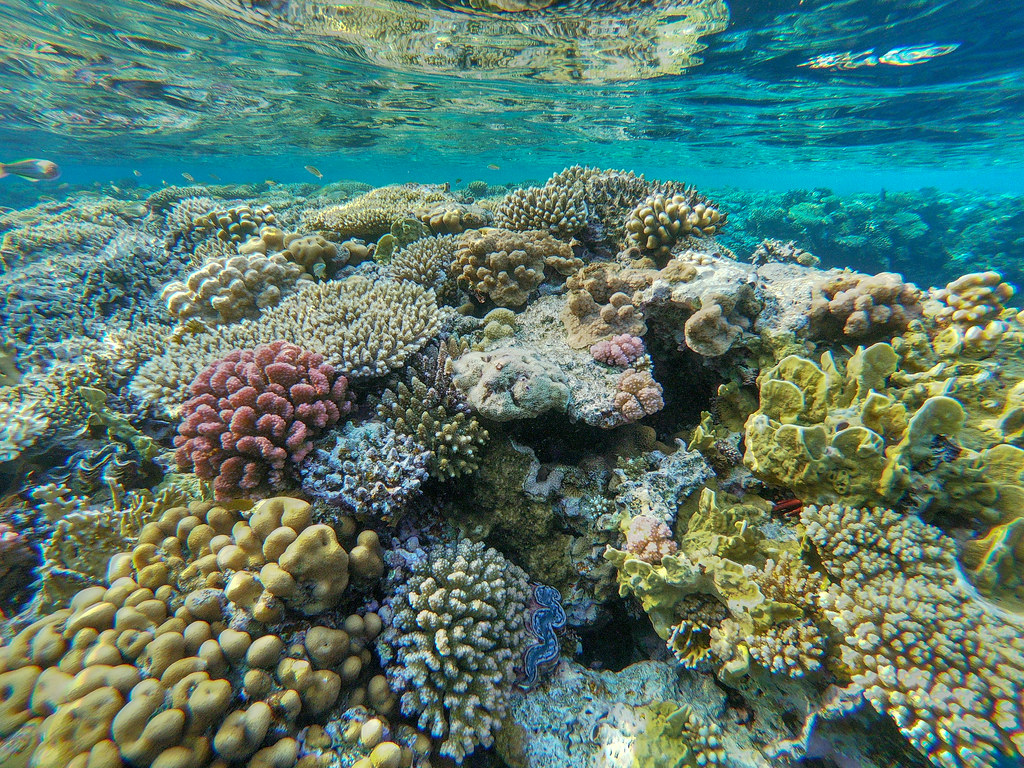
A new paper by the NOAA Coral Reef Watch (CRW) program, an initiative supported by the ESSIC-administered Cooperative Institute for Satellite Earth System Studies (CISESS), shows that Australia’s Great Barrier Reef (GBR) started the 2021-2022 summer season with more accumulated oceanic heat stress than ever before in the satellite record (i.e., 1985 to the present). As of December 14, 2021, NOAA CRW’s daily global 5km satellite coral bleaching heat stress products indicated that instantaneous heat stress and accumulated heat stress over the prior 12 weeks were unprecedented on the GBR.
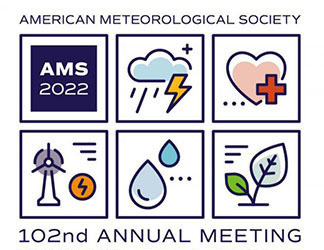
The American Meteorological Society (AMS) Annual Meeting was held virtually this year from January 23 to 27. Simultaneously, AMS held a number of specialized conferences and symposiums, focusing on topics including hydrology, climate variability and change, and atmospheric chemistry. ESSIC/CISESS scientists contributed a large number of talks and posters at the event. Talks included:
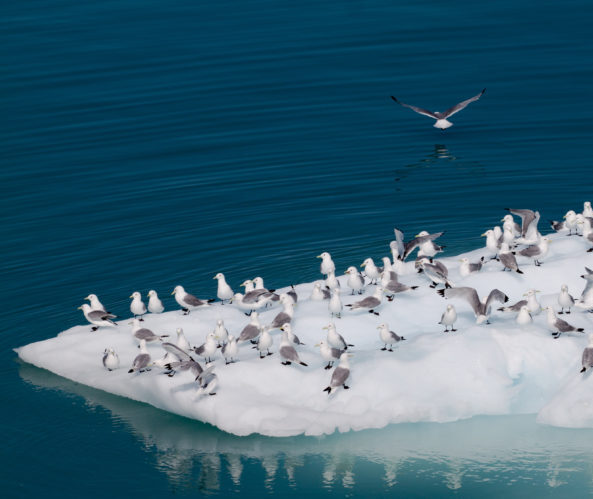
2021’s world ocean was the hottest ever recorded, beating out even last year’s record high temperatures, finds Alexey Mishonov, Jim Reagan, and a team of international scholars.

ESSIC/CISESS had several talks, e-lightning sessions, posters, virtual town halls, and tutorials at this year’s American Geophysical Union (AGU) Fall Meeting, held in New Orleans and online from December 13 to 17.
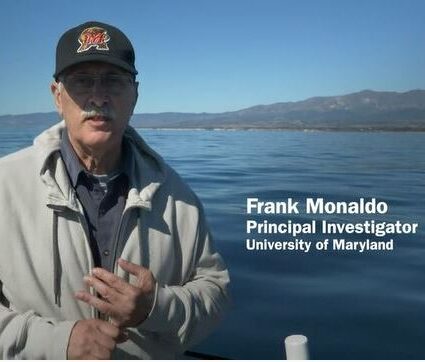
As part of the NASA grant, UMD, NASA Jet Propulsion Laboratory, NOAA, United States Coast Guard, Watermapping Ltd., Maryland Department of Agriculture, Environment Canada, and Marine Spill Response Corporation participated in an experiment to compare oil thickness measurements (both in situ and remotely) in the hopes of validating an oil thickness product. By finding the thickest oil layers, researchers can identify key zones to bring in remediation equipment and clean up the most harmful oil in the environment. ESSIC Senior Faculty Specialist Frank Monaldo is involved in this field work and is featured in a video that highlights this work.
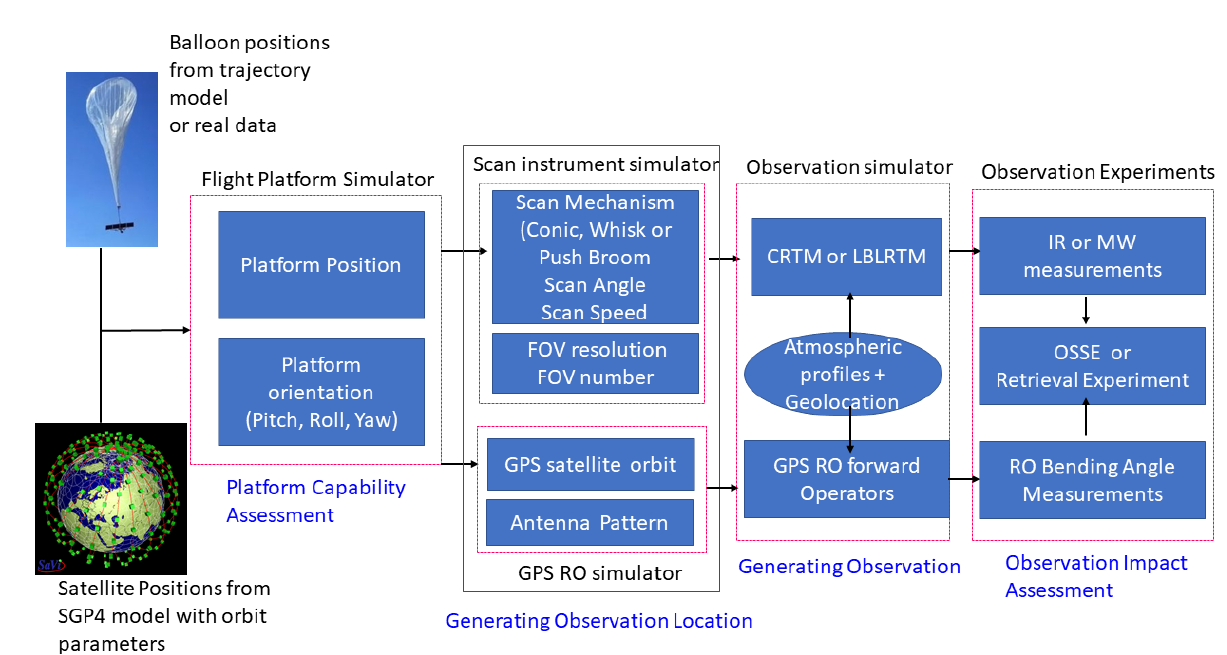
ESSIC/CISESS Scientists Likun Wang, Ross Hoffman and Kayo Ide have a new manuscript accepted for publication at the Journal of Atmospheric and Oceanic Technology titled “Orbit Simulator for Satellite and Near Space Platforms Supporting Observing System Simulation Experiments”.